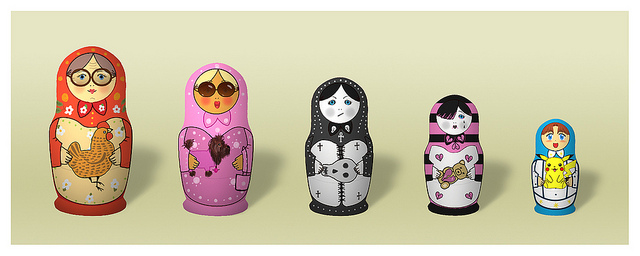Written By: Shira Etzion
It’s interesting how sometimes in life you come across stories that seem unreal, unlikely and even impossible in theory; for example, a person dating another person only to find out that this other person is actually their adopted biological sibling given up by the parents years before the other was born. Or, two sets of twins marrying each other and the children looking like quadruplets but associating themselves as one unit instead of as two separate families. These instances give rise to those questions of “what really is it about “family” ie “blood family” that makes a difference? Is it learned communal behavior stopping us from being present at the same level to others outside our “perceived” family? Or is it actually something Biological?
The same can be said for ethnicity and religion. Can someone marry outside their faith and not choose religion in their life, yet still feel guilt over not achieving their parents and grandparents dream of propagating a religious brood? Where is the concept of “blood” a perception rather than a form of bondage set in stone. How can we step back from these scenarios and consciously choose to cohabit with others with whom we do not share blood, but “make” them our blood by “marrying” them? How are adopted children so intended for a particular parent or set of parents when just months or years earlier they inhabited the womb of another? Where do we draw the boundaries of “blood”, “family”, “religion”, “other”. Are these all constructs to pick and choose from as each individual sees fit for themselves? It seems to be. At a time when life is perpetually changing and we are no longer living and dying through the limited experience of one identity, one career or even one metaphoric family, these definitions are starting to open up and change.
However, there is a mourning that happens. Not for the individuals “family” or personal connections, but for the greater whole. The experience of unity where we each knew our place, each fit into a box or set of boxes and were recognized easily by others. Definitions were clear and status defined. This break from a rigid structure of what makes us connected is bringing up new paradigms in family therapy; new conversations, new openings and together in the room, we get to redefine who and what this world of potential interrelationships means for each person, each couple, each partnership and each family.



